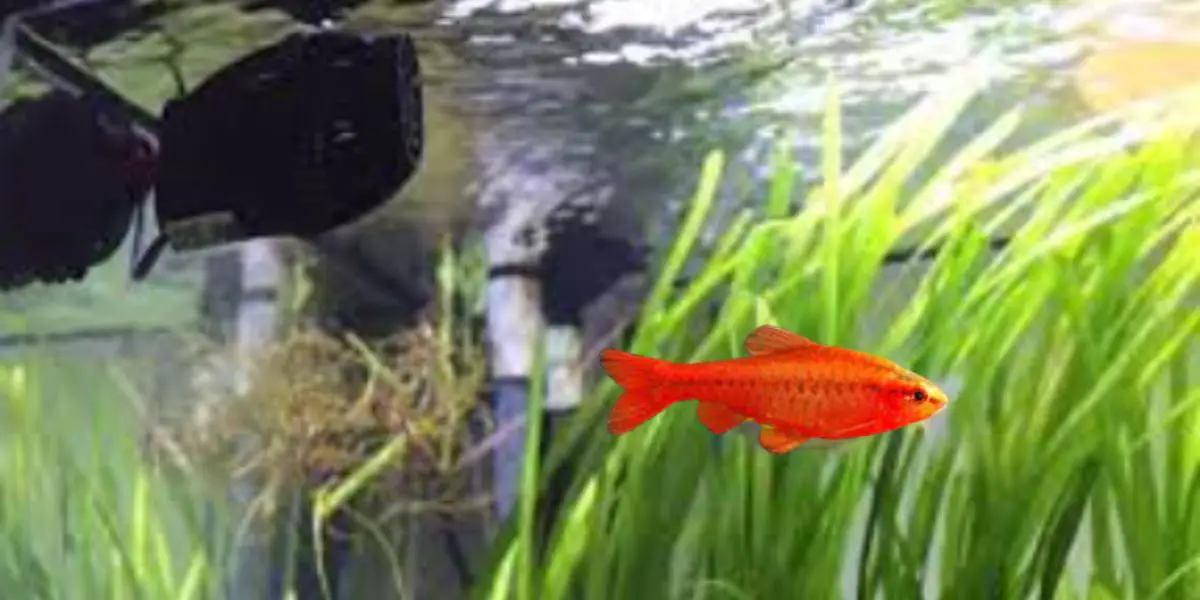Setting up a freshwater aquarium involves more than just placing fish and decorations. Proper water circulation is crucial for maintaining a healthy environment, and a wavemaker is an excellent tool for achieving this. In this comprehensive guide, we will explore the optimal placement of a wavemaker in your freshwater aquarium. Whether you’re a seasoned aquarist or a beginner, understanding where to place a wavemaker in an aquarium is essential for the well-being of your aquatic ecosystem.
Why Wavemakers Matter
The Importance of Water Circulation
Before we delve into placement strategies, let’s briefly discuss why water circulation is vital:
- Oxygen Distribution: Proper water movement ensures oxygen is evenly distributed throughout the aquarium, crucial for the respiration of fish and other aquatic inhabitants.
- Waste Elimination: Adequate circulation helps in removing debris and waste, preventing the buildup of harmful substances in specific areas of the tank.
- Temperature Regulation: Even water movement helps maintain a consistent temperature throughout the aquarium, preventing localized temperature variations.
Where to Place Your Wavemaker: A Step-by-Step Guide
1. Determine the Aquarium Size and Shape
The size and shape of your aquarium play a significant role in deciding where to position your wavemaker:
- For Small Tanks: Place the wavemaker near the water surface to create gentle ripples without causing excessive turbulence.
- In Larger Tanks: Consider multiple wavemakers positioned strategically to ensure uniform water flow.
2. Create Natural Currents
Emulating natural water currents in your aquarium is essential for the well-being of your fish and plants:
- Position Wavemaker Outlets: Angle wavemaker outlets slightly upwards to create surface agitation and mimic the effect of natural water movement.
3. Address Dead Spots
Dead spots are areas with limited water movement, often leading to stagnation and poor water quality:
- Identify Dead Spots: Observe areas where debris tends to accumulate or where fish avoid swimming. These are potential dead spots.
- Place Wavemaker Strategically: Position the wavemaker to target dead spots and ensure continuous water flow in those areas.
4. Avoid Direct Flow on Sensitive Species
While most fish enjoy gentle water movement, some species, especially those from slow-flowing habitats, may find strong currents stressful:
- Research Fish Preferences: Understand the natural habitat and preferences of your fish species.
- Redirect Flow: If necessary, use decorations or other aquarium elements to redirect the flow away from sensitive species.
5. Experiment with Wavemaker Placement
Finding the optimal position may require some experimentation:
- Monitor Behavior: Observe how your fish respond to the current. If they seem stressed or uncomfortable, consider adjusting the wavemaker’s position.
- Gradual Changes: Make adjustments gradually to allow fish to acclimate to the new water flow.
Conclusion
Proper placement of a wavemaker is a critical aspect of maintaining a healthy and balanced freshwater aquarium. By considering the size and shape of your tank, creating natural currents, addressing dead spots, avoiding direct flow on sensitive species, and experimenting with placement, you can optimize water circulation for the well-being of your aquatic friends.
Implementing these strategies will not only enhance the overall health of your aquarium but also contribute to the beauty and vibrancy of your underwater world.
FAQs
1. Can I use multiple wavemakers in a small aquarium?
Yes, but be mindful of the size and power of the wavemakers. In small tanks, opt for lower-flow wavemakers and position them strategically to avoid overwhelming the environment.
2. Will a wavemaker disturb the substrate in my aquarium?
In most cases, wavemakers with adjustable flow settings can be fine-tuned to avoid disturbing the substrate. Experiment with the flow intensity to find the right balance.
3. How often should I clean the wavemaker?
Regular maintenance is crucial. Clean the wavemaker at least once a month to remove any debris or buildup that could impede its performance.
4. Can I use a wavemaker with a planted aquarium?
Yes, but be cautious with the flow rate. Some plants may not tolerate strong currents, so choose a wavemaker with adjustable flow settings to cater to the needs of both fish and plants.
5. Should I turn off the wavemaker at night?
In most cases, it’s beneficial to maintain some water movement at night to ensure oxygen distribution. However, if your fish exhibits signs of stress, consider reducing the flow during nighttime hours.

